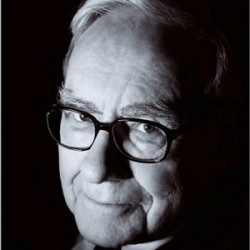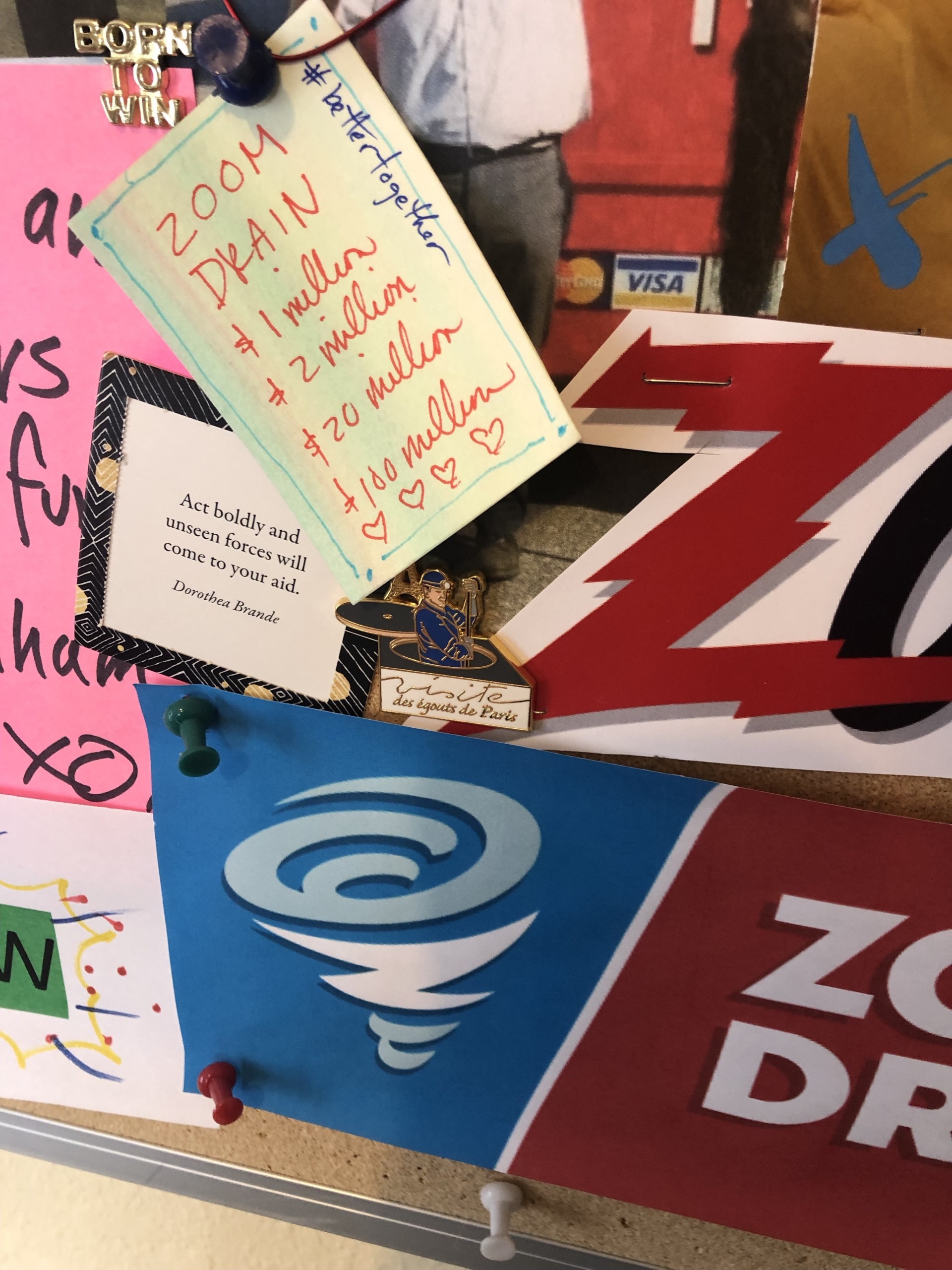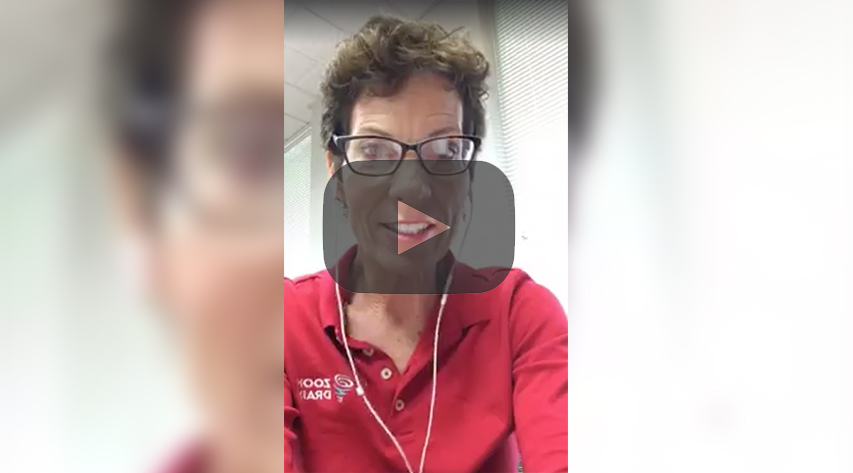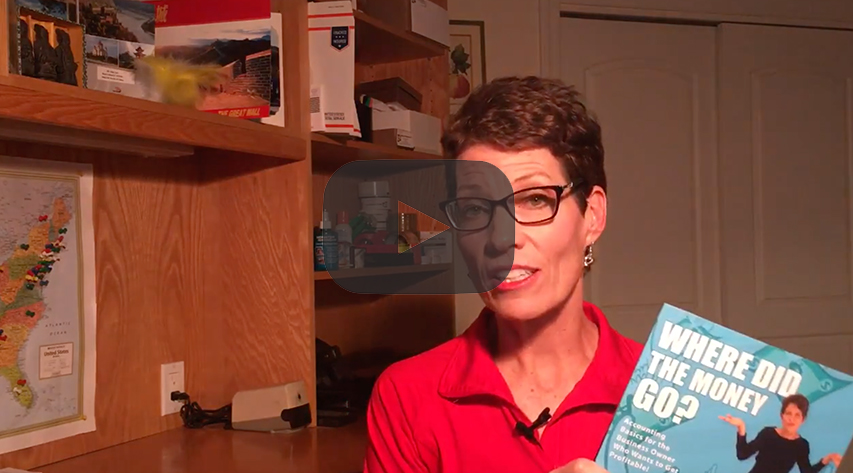 Once upon a time, Business Mogul Warren Buffett bought the Washington Post newspaper. The previous owner and publisher at the time was Katharine Graham. Her father built the paper and transitioned it to Phil Graham, Katharine’s husband. Katherine took on the publishing duties when her husband committed suicide. She guided the newspaper to editorial greatness, and navigated the Watergate scandal as Bernstein and Woodward reported it on the front pages. But the company was in financial trouble.
Once upon a time, Business Mogul Warren Buffett bought the Washington Post newspaper. The previous owner and publisher at the time was Katharine Graham. Her father built the paper and transitioned it to Phil Graham, Katharine’s husband. Katherine took on the publishing duties when her husband committed suicide. She guided the newspaper to editorial greatness, and navigated the Watergate scandal as Bernstein and Woodward reported it on the front pages. But the company was in financial trouble.
Warren Buffet’s business development strategy is this: Do a balance sheet analysis on companies of interest. Find companies with undervalued, underutilized assets. Buy them. Fix them. Make lots of money.
He bought the Washington Post with that intention. He and Katharine hit it off immediately and he saw the potential in the newspaper and in her management. So he sat her down and taught her how to read a simple balance sheet. From what I have read about this powerhouse relationship, they had a conversation something like this…
Warren: This is the Balance Sheet. Assets on the left, liabilities and equity on the right.
The Balance Sheet reflects the financial condition of the company on a specific date. The basic accounting formula is the basis for the Balance Sheet:
Assets = Liabilities + Owner’s Equity
ASSETS: The ‘stuff’ the company owns. Anything of value – cash, accounts receivable, trucks, inventory, land.
LIABILITIES: These are sources of assets – how you got the ‘stuff’. These are claims against assets by someone other than the owner. This is a reflection of what the company owes. Notes payable, taxes payable and loans are liabilities.
EQUITY: Equity includes funds that have been supplied to the company to get the ‘stuff’. Equity also reflects ownership of the assets earned through profitability. Equity shows ownership of the assets or claims against the assets, a reflection of what the company owns.
As a business owner, Job One is to protect the assets. Job Two is to grow the assets. There are only three ways to grow assets.
#1 – Borrow Money.
You could borrow money…assets go up and a Note Payable (a liability) goes up.
#2 – Invest Money in the Company.
When you (or another owner/investor) puts money in the company…assets go up and Paid In Capital, an equity account) goes up.
#3 – Create a Profit
When you sell stuff for more than it costs, you’ll create a profit. Net Profit is reflected in the equity section of the Balance Sheet. If Net Profit (an equity account) goes up, assets go up, too. This is really the best way to increase assets, to create wealth. Sure you have to pay taxes on your profits, but that’s the price you pay to live and work in this fine country. Sometimes investing money in a company can buy time, or equipment, that will help build the profitability of the company.
The Balance Sheet is an elegant demonstration of a universal law: for every action there is a reaction. Energy isn’t lost…it changes form. Isn’t this beautiful? Isn’t this fun?
Katharine: It is! I get it. Let’s make some money and make a positive impact on the world!
I like to imagine the conversation between Warren and Katharine this way. Warren Buffet loves business and capitalism and his enthusiasm is contagious. You can manufacture money out of nothing by creating something other people value. You can take a struggling company and fix it. It’s a beautiful thing.
If you are scratching your head right now, it could be that you don’t get the Balance Sheet. Or maybe your Balance Sheet isn’t quite so elegant at the moment. Too much liability? Too little in assets? Let’s do a little sleuthing and discover what the Balance Sheet has to share. It’s helpful to know the Score in the game of business. You can always make it better.
Next up! how to fix a balance sheet – reduce your debt, increase cash flow…make more money!
Need more help…here’s a freebie – Business Plan Tips. My top 10 tips for creating a simple business plan. Rock on!
















